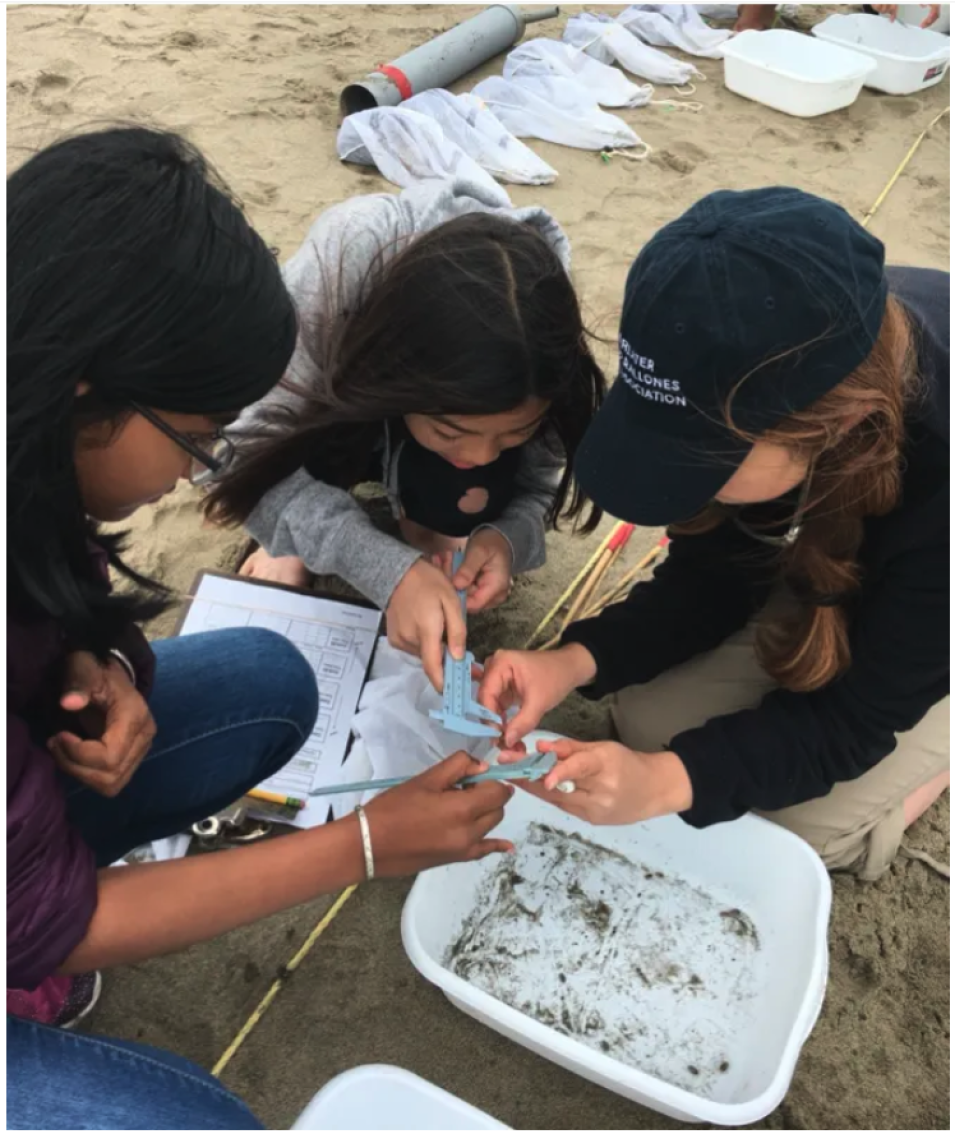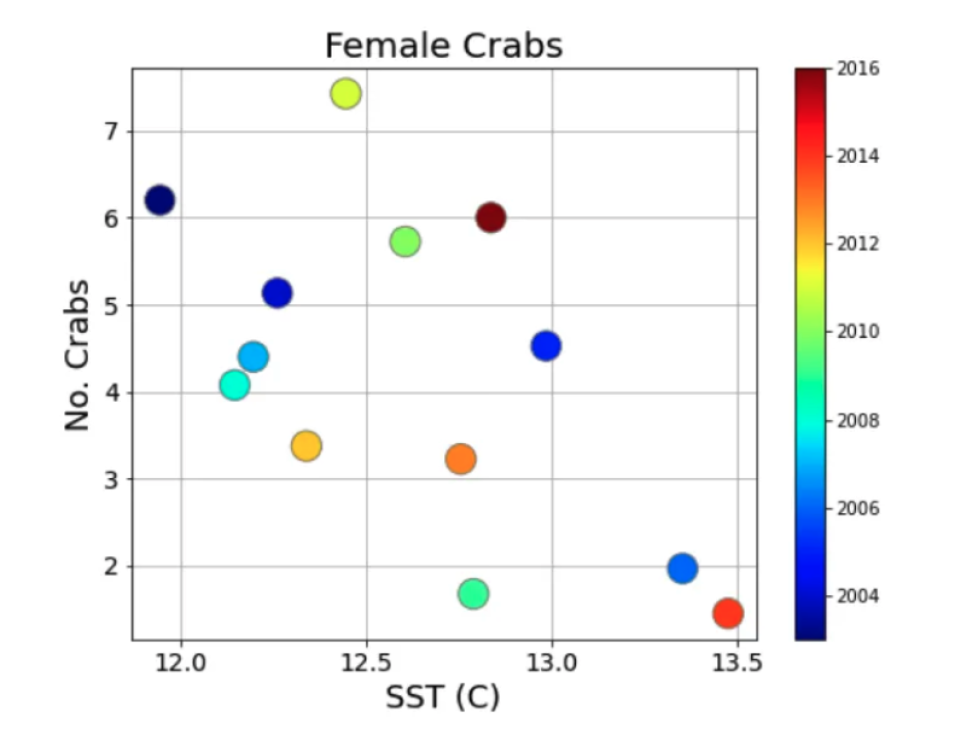At IMPACT we're all about science: Earth science, computer science, data science. We also make sure to nurture the next generation of scientists. Day-to-day that typically involves incorporating graduate research assistants and undergraduate interns into our research and development processes. But we also have team members who work with emerging scientists at the high school level. One example is IMPACT team member Dr. Chelle Gentemann, and her colleague Dr. García Reyes, who work with the Careers in Science (CiS) intern program which is part of the California Academy of Sciences in San Francisco, CA. Some of the CiS interns who have been working with these scientists will present at the virtual Fall 2020 AGU!
The CiS intern program provides San Francisco youth from communities traditionally underrepresented in the science, technology, engineering, and mathematics (STEM) fields with opportunities to immerse themselves in the sciences. Students attend weekly meetings and engage in science research through hands-on field work and research projects. Earth sciences have historically excluded minoritized groups. CiS breaks down this barrier by having representatives from historically excluded groups give talks on their science and mentor students. Dr. Gentemann believes this represents a successful model for engaging historically excluded groups. She explains,
"It is hard to visualize yourself doing science if it is either never presented as an option and/or you don’t see anyone whom you can identify with participating in it. These students are the future, and I appreciate the opportunity CiS gives me to try and encourage them to select Earth sciences as a future career choice."



